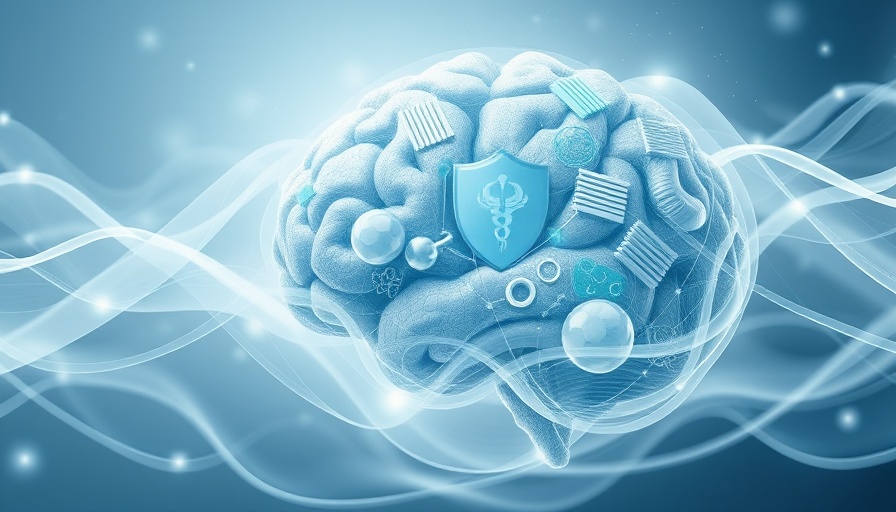
Understanding the Importance of Home Blood Pressure Monitors
As we age, our health monitoring needs become increasingly critical. One essential tool that can significantly impact the health of older adults is a home blood pressure (BP) monitor. These devices not only serve as a convenient tool for tracking vital statistics but also play a pivotal role in enhancing communication between patients and healthcare providers.
Checking for Serious Illness: How BP Monitors Can Be Lifesavers
One of the compelling reasons for using a home BP monitor is its capacity to detect potential health issues early. If an older adult exhibits symptoms like fatigue or confusion, knowing their vital signs can be crucial. Changes in blood pressure and pulse rates, particularly when they deviate significantly from the individual's norms, can alert caregivers and healthcare professionals about possible underlying conditions.
For instance, a heart rate exceeding 100 beats per minute or a significant drop in systolic BP below 100 can indicate serious medical concerns. Having a BP log can better inform healthcare providers when seeking advice over the phone, enabling them to make more informed recommendations for care or treatment.
Mitigating Fall Risks Through Smart Monitoring
Another significant advantage of home blood pressure monitoring is its effectiveness in reducing the risk of falls for older adults. Many seniors experience orthostatic hypotension, where blood pressure drops when transitioning from sitting to standing. This drop can lead to dizziness and, ultimately, falls.
Routine BP checks while both sitting and standing can help identify this risk. If a senior's standing BP falls below 110 systolic or there is a drop greater than 20 points, adjustments to their medication or lifestyle may be warranted. Awareness around medications — especially those affecting blood pressure — can help families take preventative measures to keep their loved ones safe.
Tracking Medication Efficacy or Side Effects
Furthermore, home BP monitors can provide valuable insights following any adjustments in medication. Monitoring how these changes affect blood pressure can help caregivers and doctors assess whether the treatment is effective or if adjustments are necessary. It’s beneficial for older adults and families to keep a detailed record of BP readings, particularly after significant medical changes.
With chronic conditions being prevalent among the elderly, understanding the relationship between medication changes and BP fluctuations becomes even more vital. These insights can empower families and healthcare professionals to work collaboratively towards optimal health outcomes.
The Value of Engagement in Health Tracking
Encouraging older adults to actively engage with their health through regular monitoring can foster a sense of control and responsibility. Along with owning a reliable home BP monitor, getting assistance in understanding how to use the device and interpret the results can enhance the overall health management experience.
In these circumstances, communication with healthcare providers must be emphasized. It can feel overwhelming, but having the right tools, knowledge, and support network can create an empowered approach to health management for older adults and their families.
Practical Tips for Effective Home Monitoring
When considering a home BP monitor, families should focus on finding a user-friendly machine that suits the specific needs of the user. It’s essential to establish a routine for BP checks, ideally at the same time each day, which helps in tracking trends effectively. Also, understanding how to record and share this data with healthcare providers is crucial for optimal health management.
Ultimately, maintaining a continuously monitored health routine can drastically improve the quality of life for older adults. With the convenience of technology, families have the opportunity to forge pathways to better health.
As you navigate the complexities of healthcare for your loved ones, consider integrating regular home blood pressure monitoring into your routine. It can be a pivotal step towards preserving the health and well-being of older adults.
 Add Row
Add Row  Add
Add 




Write A Comment